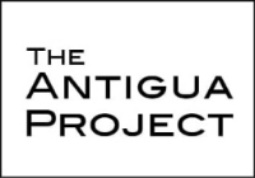Our Story
The Antigua Project is the third collaboration organised by Rebecca Welz, Professor at Pratt Institute, and student designers and local artisans working together to fabricate products using sustainable, traditional materials and craft techniques.
In the Spring of 2015 at the Museo Casa del Tejido Antiguo artisans and designers worked intensively for 2 weeks in the studio at the textile museum in Antigua, Guatemala. The working relationship is a collaboration utilizing the contemporary sensibilities of the New York designers and the ancient traditional expertise of weavers, woodcarvers, carpenters, leatherworkers, a shoemaker, a welder and a silversmith.
The environmentalist Paul Hawken writes in his book Blessed Unrest that there are many movements afoot on a small scale that are brewing all over the world which point to global change.
He breaks the movements down into three major areas: environmental sustainability, social justice and preservation of indigenous people. As we become more and more mechanized and production and services are increasingly outsourced, these collaborative projects are a tribute to the makers who work with their hands and the traditions of culture that have been passed down for generations.
We are honoured to have been given the chance to collaborate with the artisans and learn from them.




